A little-known fact about the Fairlight Computer Musical Instrument, the first sampling synthesiser, introduced in 1979, is that it incorporated a psychotherapist called Lisa. Stressed musicians could key in an emotional problem and Lisa would begin the session with the soothing opening: ‘What is it that troubles you about x?’ She was flummoxed by a frivolous question from my husband, an early Fairlight owner, about a hole in her bucket but dealt expeditiously with my nine-year-old stepson. When he told her to get lost, she shut the system down.
The ghost in Fast Familiar’s machine at the Science Gallery’s AI exhibition is an advanced version of Lisa, and the roles are reversed. ‘You might be used to robots helping you,’ it advises visitors. ‘But this is about YOU helping ME.’ As a human (you have to pass a traffic-light test to qualify) your role is to help its artificial intelligence look for love by teaching it the basics of romance.
Not a ready learner, it is easily rattled. When I hit the ‘No that’s not true’ button in response to its boast, ‘we can use data to predict love efficiently’, it snapped back: ‘You may not be able to but I can.’ When I zero-rated its attempt to up the romance quotient in Maria Rilke’s love poem Again and Again by inserting ‘bouquets of red roses’ into the penultimate line it responded tetchily: ‘That was not what I was expecting.’ The Mike Nelson-style setting of an internet café with misspelt notices from the management and a broken electric fan is a giveaway that the intelligence at work here is artistic. The responses are too funny for a chatbot – and too clever by half.
As you might expect from a collaboration between scientists and artists, the show is a mix of the serious and the surreal. On the more serious side, there are works about the use of AI in health settings, from designing cochlear implants to treating sufferers from heart disease and cancer, and helping people navigate the immigration system. There’s a study space where you can loaf on giant cushions listening to Mozilla’s podcast series Online Life is Real Life – I heard South African journalist Justin Arenstein, co-founder of data journalism initiative Code for Africa, explaining the problem of countering online disinformation on the continent where 500 languages are spoken in Nigeria alone. (‘Trying to fact-check everything is whack-a-mole.’) On the surreal side, James Bridle’s looping video ‘Autonomous Trap 001’, set in a car park near Greece’s Mount Parnassus, shows a self-driving car built by the artist repeatedly immobilised within a salt circle of prohibitory road markings, spellbound not by witchcraft but its own software.
Whether AI text-to-image generative tools are capable of grasping the essence of a human subject is the question addressed in Munkhtulga Battogtokh and Alice White’s art installation ‘What is Essence?’. Judging by Midjourney AI’s idea of what a professional portrait of a medical man should look like, the answer is no. In his white coat and dark glasses, their grim-faced ‘Doctor’ belongs in a horror movie. Midjourney needs to machine-learn a bedside manner.
There’s a dystopic feel, too, to the futurist utopia imagined in artist collective Blast Theory’s film ‘Cat Royale’. The guinea pigs in this experiment in robotic pet-sitting are three cats, Ghostbuster, Pumpkin and Clover, filmed over several days being fed and entertained in a brightly coloured play environment by an AI robot arm. The arm puts down food, dangles strings, rolls balls and drags a blanket around. The string acts on the cats like catnip – they look seriously overstimulated – but the Small Dimpled Ball Ramp Roll game leaves Clover cold, lowering her happiness score by 1 per cent. My sympathies were with Pumpkin, whose happiness scores remained stubbornly low. Amusing as it is to watch, it’s not funny to think that similar systems of measurement are used on us. The chance to engage with a real robot is offered by Sprout, created by robotics studio Air Giants in the shape of a huge white, soft, interactive tongue which visitors are encouraged to touch and hug. When I touched it, it blushed a livid violet and leant into my space as if inviting me to tango; when a male visitor tickled it, it waggled with apparent excitement. But Sprout’s touchy-feeliness didn’t reassure me that humanity can ‘take collective ownership of the systems that feel beyond control’, as the show’s organisers hope, or that the spread of robotics is good for the planet. Wesley Goatley’s closing installation ‘Newly Forgotten Technologies’ is a dismal graveyard of discarded Alexas still winking pink, blue and green in the dark, their rare-earth minerals, millions of years in the making, returned to the Earth as smart trash in the blink of an eye. No such fate awaits the Fairlight, a collector’s item – but I wonder what became of Lisa.
Got something to add? Join the discussion and comment below.
Get 10 issues for just $10
Subscribe to The Spectator Australia today for the next 10 magazine issues, plus full online access, for just $10.
You might disagree with half of it, but you’ll enjoy reading all of it. Try your first month for free, then just $2 a week for the remainder of your first year.

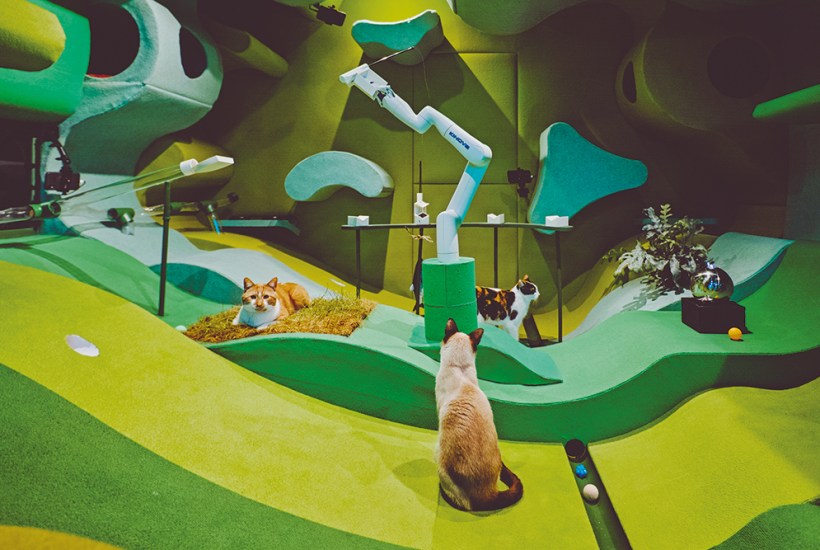

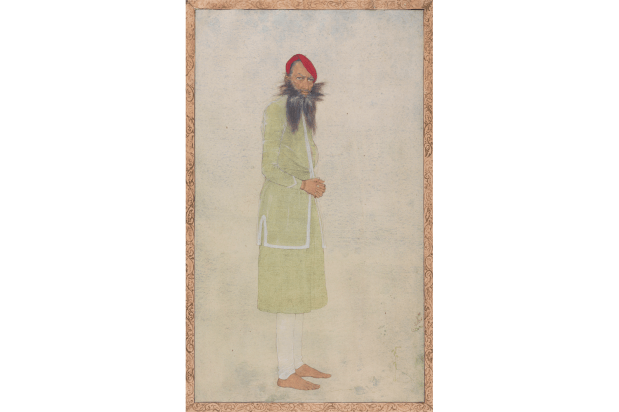

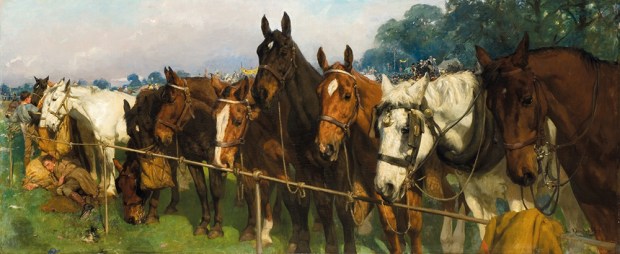
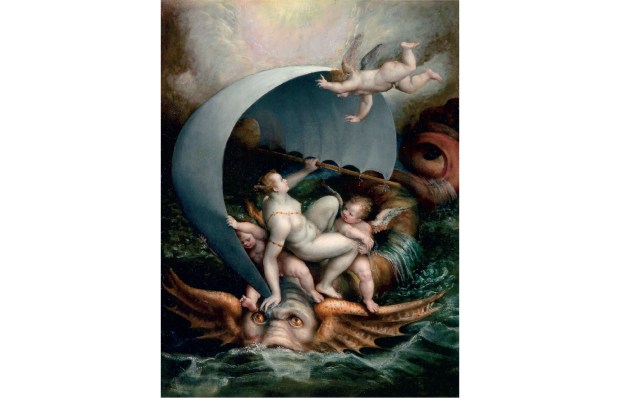
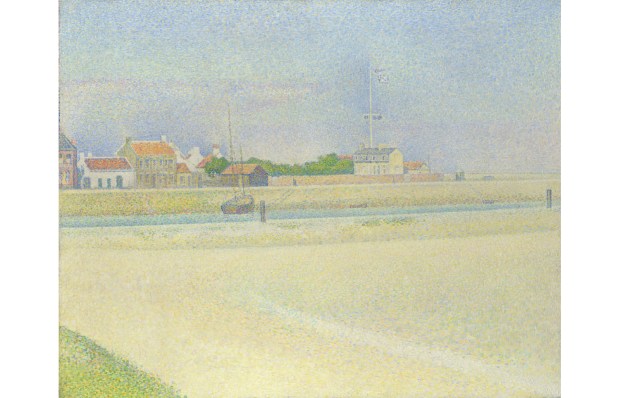






Comments
Don't miss out
Join the conversation with other Spectator Australia readers. Subscribe to leave a comment.
SUBSCRIBEAlready a subscriber? Log in